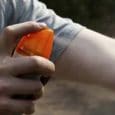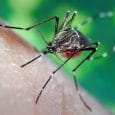Keeping mosquitoes away from your living or workplace is the best way to prevent the dreaded Zika virus. Even if Zika is already known to be sexually transmitted, its main mode of transmission is still the bite of the Aedes species of mosquito. Mosquito repellents are the best products to use in warding off the Zika mosquitoes. Though DEET is the most widely used repellent, it has myriad side effects that you do not want affecting your health. That is why natural repellent alternatives are recommended. IR3535 and picaridin are recommended by many healthcare providers.
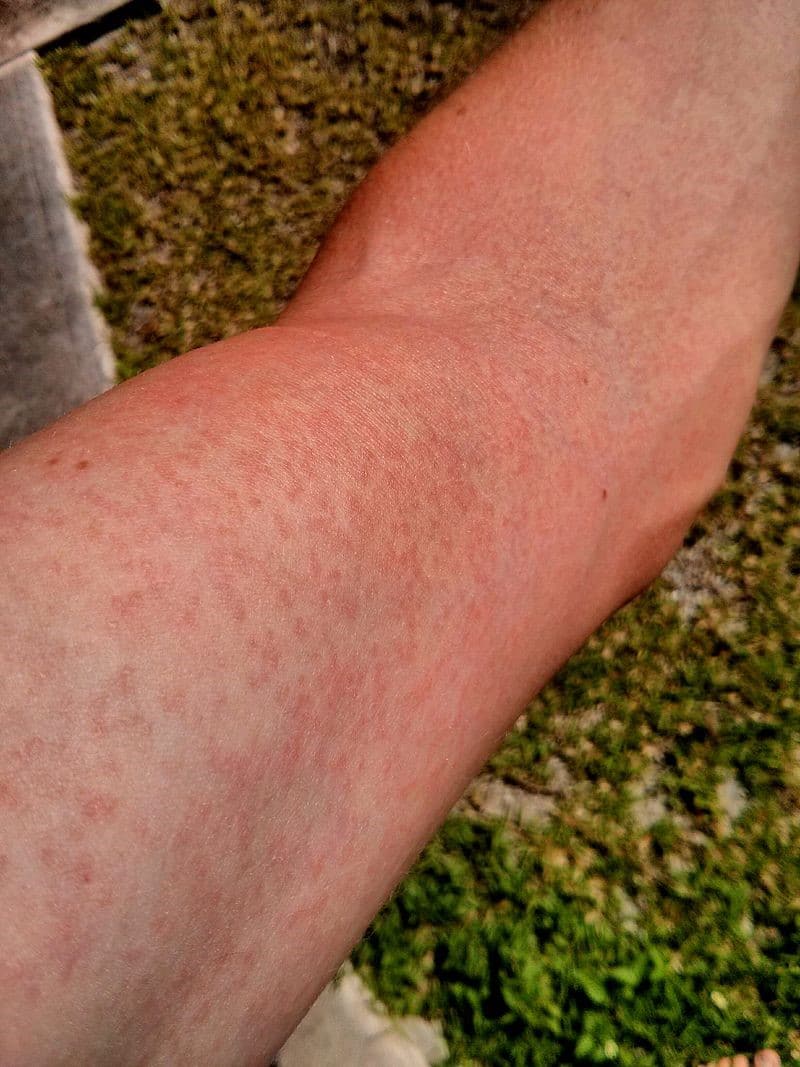
Insect repellents are formulated to ward off biting insects such as ticks, no-see-ums, chiggers, fleas, midges, gnats, flies, and mosquitoes. Below are some basic pointers in using insect repellents:
- Picaridin and DEET both provide four to at least ten hours of protection. The labels contain the time estimates of their protection. Repellents that use essential oils have half an hour to more than two hours of protection.
- If you want to wear repellent treated clothing, spray your clothes with permethrin or wear permethrin treated clothes. The permethrin laced fabric kills ticks and wards off mosquitoes from biting through.
- Never apply repellent on your skin, under your clothes. This does not allow the repellent to evaporate. It does not repel mosquitoes as well.
- Reinforce your repellents by using mosquito nets or by wearing head nets.
- Follow the label instructions whenever you apply repellents on bare skin.
- When you are outdoors, use mosquito coils, diffusers, mosquito sticks, and insect-repelling candles whenever there is no wind present.
Insect Repellents and Their Traits
The following are the most effective insect repellents in the market and their traits:
- Plant oils such as citronella, cedar, soybean, and lemongrass – a non-synthesized plant oil that is not registered by the EPA but provides half an hour to two hours of protection.
- Oil of Lemon Eucalyptus – an EPA-registered synthesized plant oil repellent that provides about six hours of protection.
- DEET – an EPA-registered chemical repellent that provides eight to ten hours of protection.
- Picaridin – an EPA-registered chemical repellent that gives about eight hours of protection.
- IR3535 – an EPA registered synthesized plan oil repellent that provides about four to eight hours of protection.
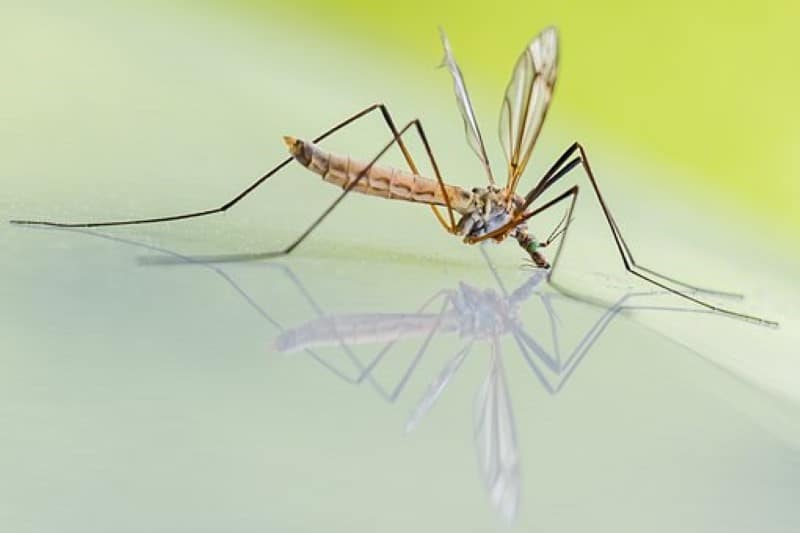
Do Kids and Repellents Mix Well?
Below are some important precautions in using insect repellents on kids:
- You need to use DEET concentration that does not exceed 30% (If you want to use DEET).
- Repellent lotions are kid-friendlier than repellent sprays.
- The American Academy of Pediatrics says that you should not use repellents on infants below two months of age.
- Generally, repellents cause skin irritation in children because they have sensitive skin.
The Difference Between Unregistered and Registered Insect Repellents
Before insect repellents are released into the market, they should be registered with the Environmental Protection Agency. At least thirty active ingredients are made from natural plant oils. They are exempted from registration under the EPA. This means that they may be considered safe for human use, but they are not that effective.
- Unregistered Repellents—There are thirty-one pesticides that are considered minimum risk. They are inert and active plant-based ingredients that are considered “demonstrably safe for the intended use” by the EPA. The data that contain their effectiveness is not necessary for these natural ingredients. They can be grouped as all natural and EPA-approved. Their period of effectiveness is not certain. They are believed to be potent from half an hour to two hours. Unregistered repellents are those that have food (clove oil, corn oil) and essential oils (geranium oils, lemongrass oil, cedar oil).
- Registered Repellents—These are products, whose manufacturers have given independent test data to the EPA. The test data shows that the active ingredients have been approved effective and safe for human use. The registered repellents can display their registration number given by the EPA. These are usually found at the back of the label. The CDC (Center for Disease Control) endorses registered repellents to protect humans from insects that transmit diseases such as Zika. Examples of registered repellents are IR3535, picaridin, oil of lemon eucalyptus, and DEET.
Insight on Insect Borne Infections
Several diseases are transmitted by various insects. They are the following:
- West Nile Virus and St. Louis encephalitis—transmitted by mosquitoes and prevented by EPA-registered repellents.
- Malaria—the CDC recommends the use of repellents, protective medication before travel, and repellent treated clothing.
- Babesiosis, Lyme disease, and Rocky Mountain spotted fever—transmitted by ticks and prevented by a combination of permethrin treated clothes and DEET.
- Zika virus—if you need to travel to Zika affected areas, you need to use bed netting, repellents, and repellent treated clothes.
*** Chikungunya, yellow fever, dengue, and Japanese encephalitis are also transmitted by mosquitoes.

IR3535 (Insect Repellent 3535), also known as ethyl butylacetylaminopropionate is a repellent for animals and humans. It is effective against lice, ticks, fleas, flies, and mosquitoes. The registered trademark and owner (in the U.S.) of this repellent is Merck KGA. It is a synthetic repellent classified by the EPA as a biopesticide. Before its EPA registration in February 1999, it was used in Europe for 20 years.
Because IR3535 is structurally based on beta alanine and alanine, it is classified as a biochemical substance. It is functionally identical to beta alanine. Beta alanine and IR3535 repel biting insects. They keep insects away without even killing them.
Side Effects and Safety of IR3535
Based on the World Health Organization’s evaluation, IR3535’s side effects include eye irritation (upon contact with the eyes) and mild skin irritation (only in animals). It does not pose any threat or long-term risk in the environment or in humans.
IR3535 Effectiveness
Studies say that IR3535 is potent against the Aedes species of mosquitoes. This species is known to transmit Yellow fever, West Nile Virus, Chikungunya, and Zika. It is not an effective repellent against the Anopheles species of mosquitoes. It should not be used in malaria affected areas. IR3535 is the best repellent against ticks. It provides the longest period of protection against Ixodes scapularis or deer ticks. High concentrations of IR3535 are potent against the nymphs of Amblyomma americanum or the lonestar tick, which is the transmitter of the Rocky Mountain Spotted Fever. It is also capable of repelling Ixodes ricinus or the European castor bean tick.
IR3535 against DEET
IR3535 protects the same way as DEET, but it does not have the skin irritation, odor, or staining effect that DEET has. It is effective in protecting against Zika and chikungunya causing mosquitoes—the Aedes species of mosquitoes. DEET is more potent against malaria-, dengue-, and encephalitis-causing mosquitoes—the Anopheles mosquitoes.
Using IR3535
You can apply IR3535 directly on your skin. You should always follow directions on the label. Each time you apply it. You can be sure to be protected for four to eight hours. Avoid contact with mucous areas such as your mouth and eyes. You should also avoid applying it on irritated or wounded skin. Never spray IR3535 directly on your face. Though it is not proven to be toxic at all, you should avoid ingesting it or applying it on children’s hands. As you know, children often put their fingers in their mouths whenever they want to.
Facts about Picaridin
Picaridin was developed in 1998 in Europe. It was only available in the U.S. since 2005. Its chemical name is 2-(2-hydroxyethyl)-1-piperidinecarboxylic acid 1-methyldpropyl ester. It is also known as KBR 3023. Twenty percent is the currently available maximum concentration. It does not damage materials, fabrics, or surfaces. The American Academy of Pediatrics states that repellents should be kept away from infants below two months of age. Picaridin is said to be more effective than DEET when it comes to killing flies.
Picaridin is recommended by the World Health Organization for warding off disease-carrying mosquitoes. It is not known to irritate eyes and skin. It is not pungent and it is safe to use on plastics. Unlike IR3535 or DEET, picaridin does not evaporate from the skin quickly. That is why it can protect you from insect bites for long periods. Bayer AG developed picaridin in the 1980s. It was only sold in the U.S. soil since 2005. The EWG recommends 20% picaridin for long periods and 5 to 10% picaridin for short periods.
Picaridin can repel and kill insects. This prevents them from feeding on humans. Also known as icaridin, picaridin is colorless and odorless. Bayer developed it and its brand name is Bayrepel. It does not have the side effects present I using DEET. The WHO says that picaridin is better than DEET because of its efficacy and safety. Like DEET, it blocks the insects’ sensory system. Its main function is to repel these biting insects, removing their urge to bite. Picaridin is also more friendly to children and it is more comforting to use.
Concentration of Picaridin
The concentration of picaridin determines its period of protection. If it has high concentrations, the protection is longer. Picaridin concentrations range from 7% to 20%. Picaridin at 5-10% protects for one to two hours. Picaridin at 20% protects for four to five hours. Longer periods of protection are provided at up to 50% concentration. The slow-release picaridin concentrations protect for at least eight hours.
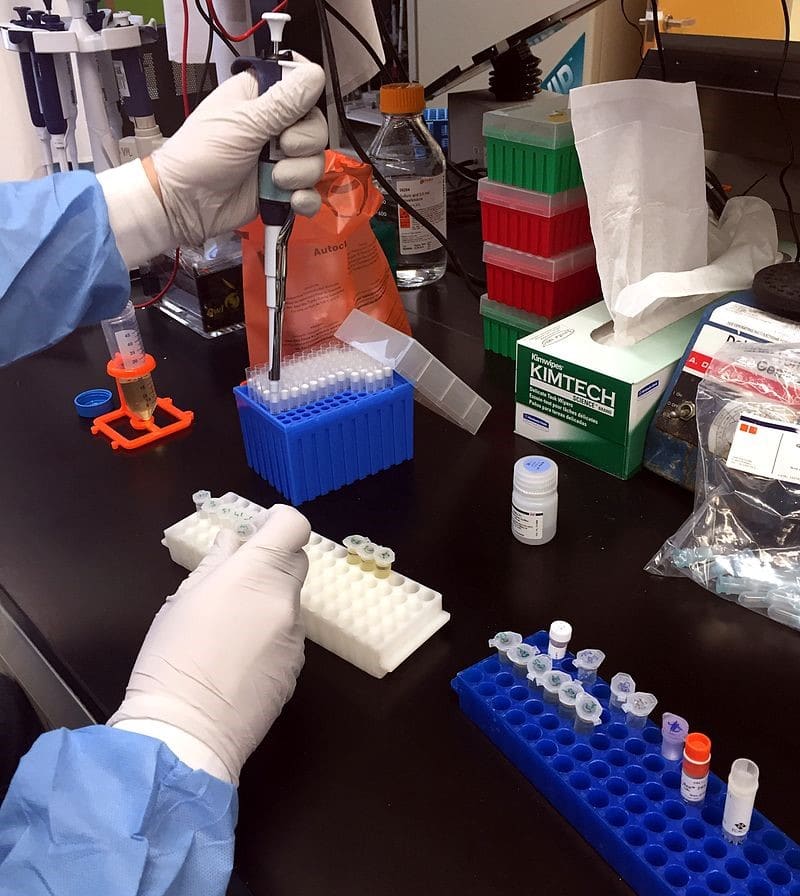
More Facts about Picaridin
According to studies, 60% of picaridin was absorbed through the skin when it was applied to the skin of the rats involved. In humans, less than 6% of it was absorbed through the skin. Once it is in the body, picaridin may be degraded. Within the day of exposure, humans and rats excrete picaridin through their urine.
Based on the U.S. EPA, picaridin is not a contributor in cancer development. This result is based on performing studies on mice and rats that have been exposed on a long -term basis. When it comes to the returning to the environment, picaridin flows into the treatment plants and not into the treated water
Picaridin can possibly build up in the tissues of some species of fish, so it is moderately toxic to fish. It is not toxic to birds at all.
Reinforcing IR3535 and Picaridin Protection
Whether you choose IR3535 or Picaridin to protect you from Zika and other mosquito-borne diseases, always remember the following pointers in mosquito control:
- Use repellents in towelette, lotion, or pump. These products offer better control during application than aerosols. If you do use pumps or sprays, apply them on your hands first before you apply on your skin.
- At the end of the day, wash off the repellent from your clothes and your skin. This prevents unnecessary exposure.
- Consider non-chemical practices as you use your repellent. Stay indoors during sunrise and sunset. Wear long sleeves and long pants. Turn your fan on high, and remove bodies of stagnant water.
- Use repellents according to activity. More intense repellents like DEET should be used if you are in a mosquito-infested area or a forest. If you are just out in your backyard for a barbecue, the natural repellents are better.
- Wearing permethrin treated clothes all the time is not necessary. This increases your chances of exposure.
- Do not use more than 30% of DEET. This will only bring about more adverse effects.
- Never use belt devices, misters, and foggers. These products are more toxic.
- Do not combine products that have both repellent and sunscreen. Since sunscreen should be applied every two hours, you risk exposing yourself too much to the repellent.
Take note that you need at least 7.5% IR3535 to have longer protection when you hike with nature. It is advisable to read the labels before using this repellent.
Camping and wading in the swamps require more preparation. These activities need hours of protection. You can use KBR3023 or Picaridin during your immersion into nature’s backyard. If you use DEET, you are highly likely to suffer from adverse effects. DEET is absorbed six times faster into the bloodstream if you combine it with a sunscreen. Products that contain 15-20% picaridin are safer.
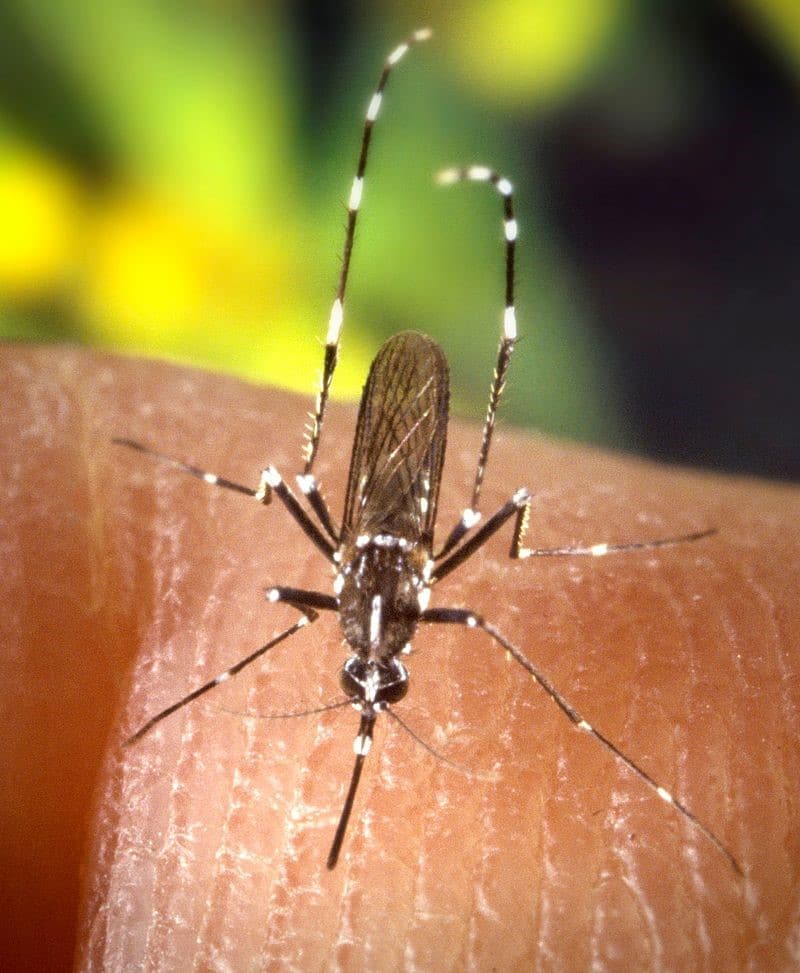
Always see your healthcare provider before you start using any repellent. It is always better to be healthy and safe as you protect yourself from disease causing mosquitoes such as Aedes mosquitoes that bring forth Zika infection.


